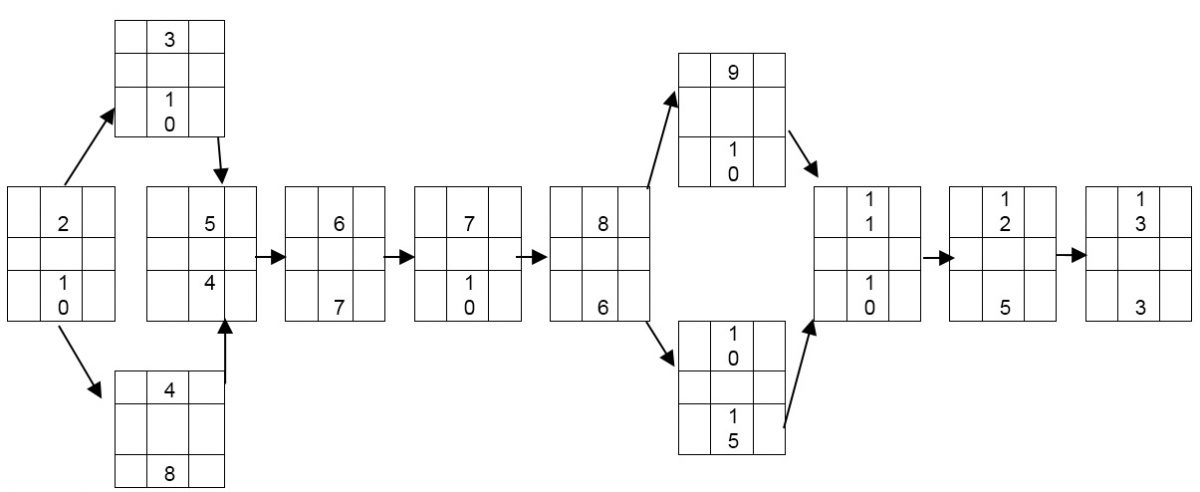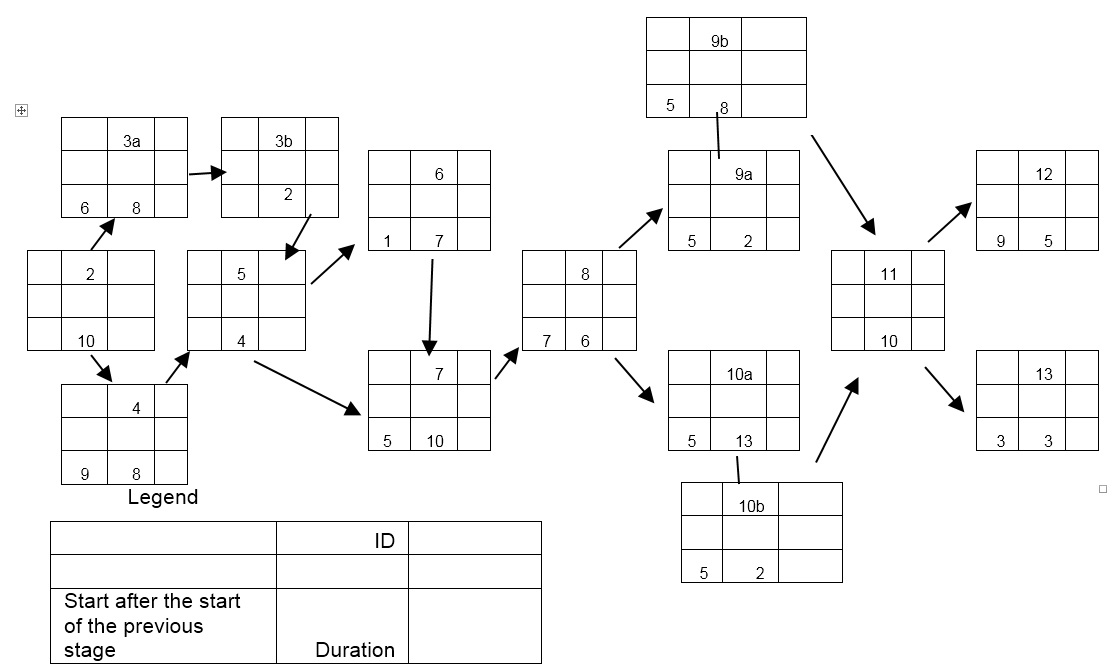The modern business world is highly competitive, and the universal truth remains unchanged as time is money. Concurrent engineering can make projects more cost-effective and companies more competitive. The sequential approach has its advantages as it is easier to control the development of new products since each stage is over when the next phase starts. The degree of uncertainty is limited, as well. However, it takes far more time to develop a new product.
Concurrent engineering involves close cooperation of many departments of multidisciplinary teams. The stages of the project usually start when the previous ones are not over (Gray & Larson, 2014). This reduces the time of the project. However, this approach requires a considerable degree of control over operations and the quality of communication. Apple is one of the companies that have employed the approach to the fullest and benefited from it (De Wit & Meyer, 2010). Toyota is another well-known company that has successfully utilized the concurrent method. The company managed to develop the product development system where employees practice the approach “by reasoning, developing, and communicating about sets of solutions in parallel and relatively independently” (Al-Ashaab, Howell, Usowicz, Anta & Gorka, 2009, p. 465).
The success of many companies, including leaders in their spheres that employed the concurrent method, shows that the approach is effective. The time invested in the development of new products is reduced and, hence, the company develops a competitive advantage. However, it is essential to make sure that the company has well-established communication channels and the teams work efficiently. Otherwise, various errors and faults may appear at different stages of product development or its use.
CyClon Project

The project will take up to 60 days. The critical path involves steps 2, 5, 6, 7, 8, 11, 12, and 13 (see fig. 1).

The three finish-to-start lags have made the schedule more detailed. It is clear that the time for the delivery creates a certain kind of time-out for teams. However, it will not lead to significant changes in the period of product development. Although it can help save up to 6 days if some stages start concurrently.
Clearly, after the final adjustment, the project time can decrease. It may last for up to 45 days. The management would like the new project as it is more effective due to the significantly decreased period for the development of the new product. As far as the critical path is concerned, it will also be reduced considerably. Several processes will take place almost simultaneously, which will lead to a reduction of time and costs. The sensitivity of the network decreased as the processes of the critical paths are unlikely to change. Apparently, the concurrent approach enables managers to make projects more cost-effective.

Reference List
Al-Ashaab, A., Howell, S., Usowicz, K., Anta, P. H., Gorka, A. (2009). Set-based concurrent engineering model for automotive electronic/software systems development. In Proceedings of the 19th CIRP Design Conference – Competitive design, held 30-31 March at Granfield University (pp. 464-471). Web.
De Wit, B., & Meyer, R. (2010). Strategy: Process, content, context: An international perspective. Andover, UK: Cengage Learning EMEA. Web.
Gray, C.F., & Larson, E.W. (2014). Project management: The managerial process. New York, NY: McGraw-Hill. Web.